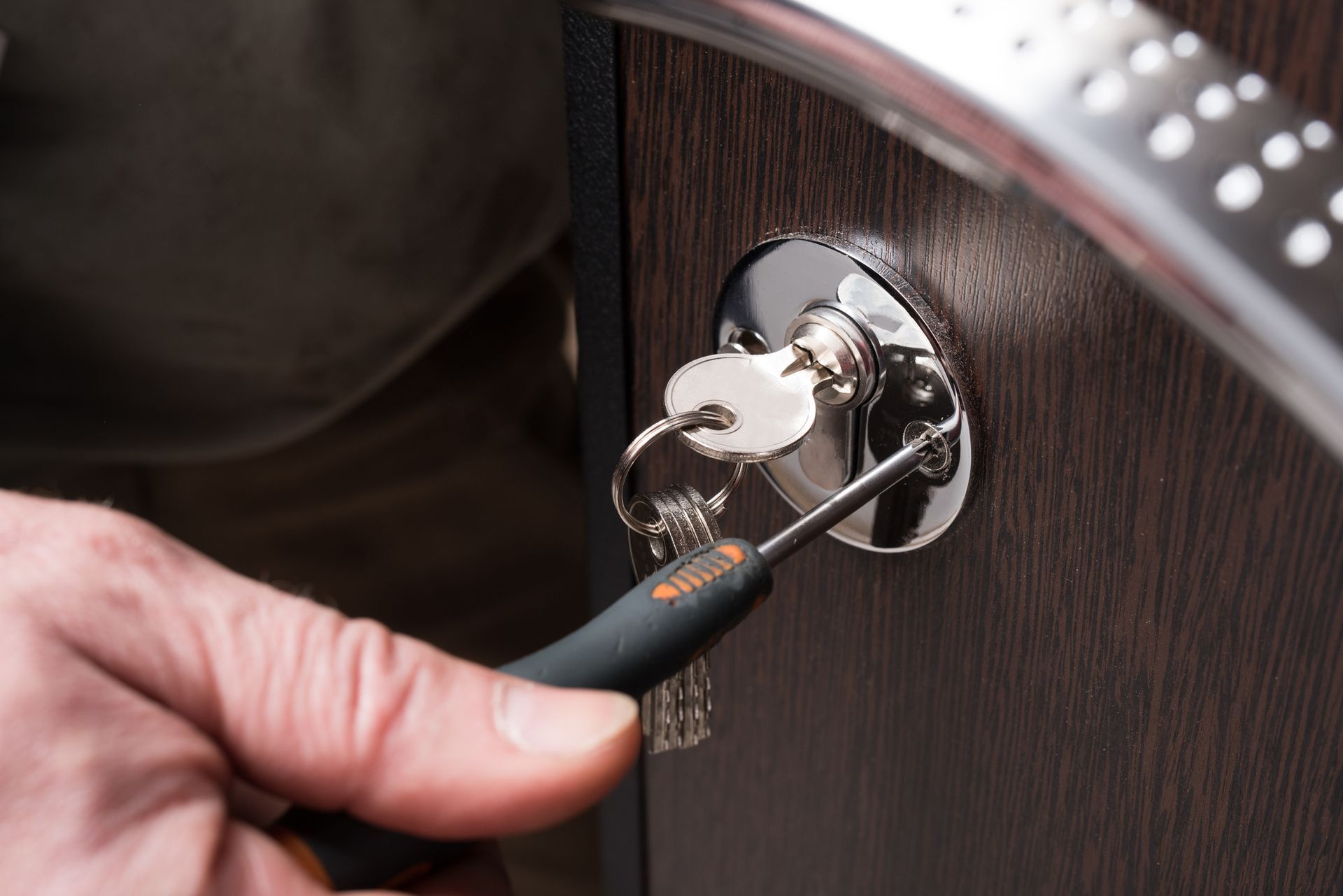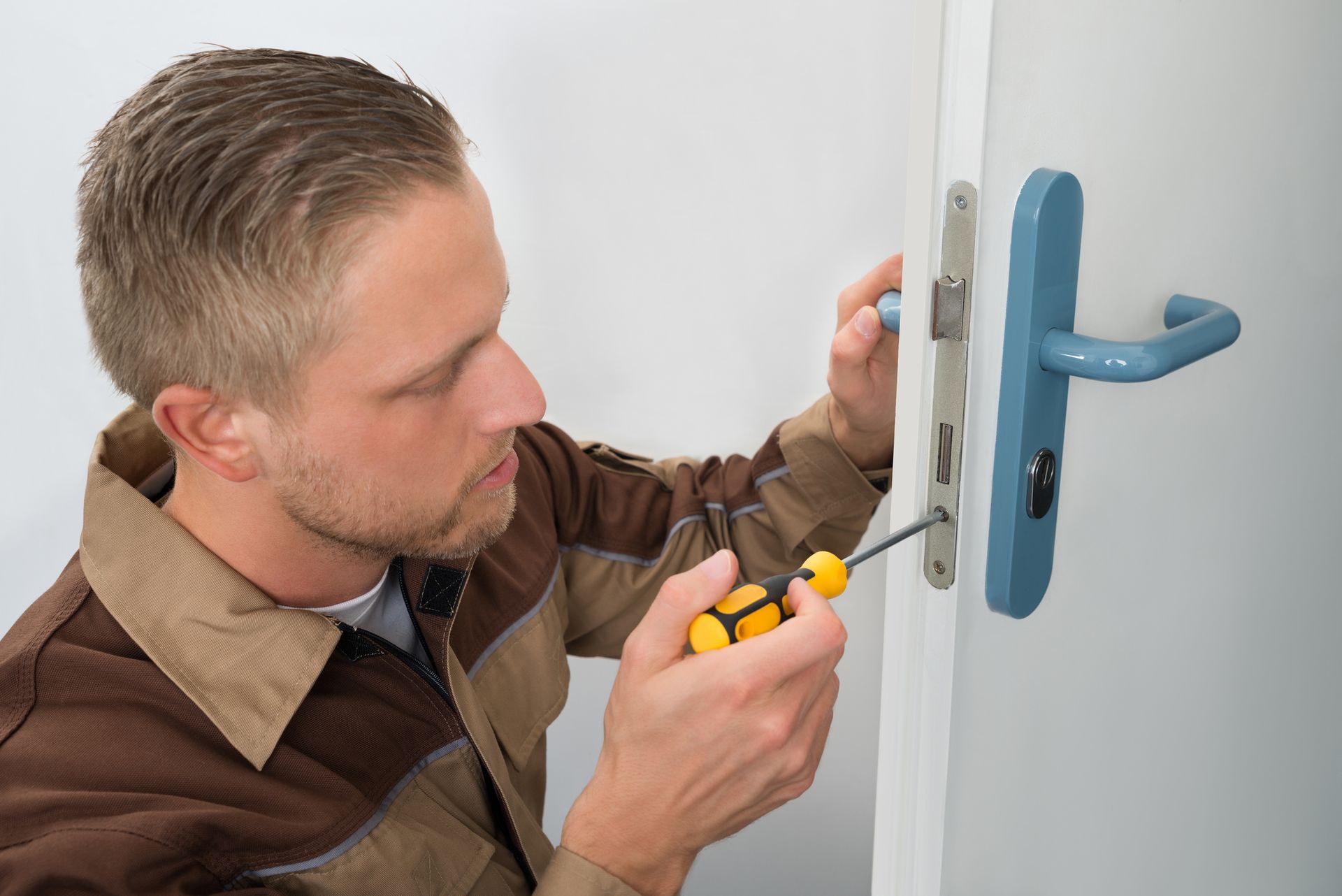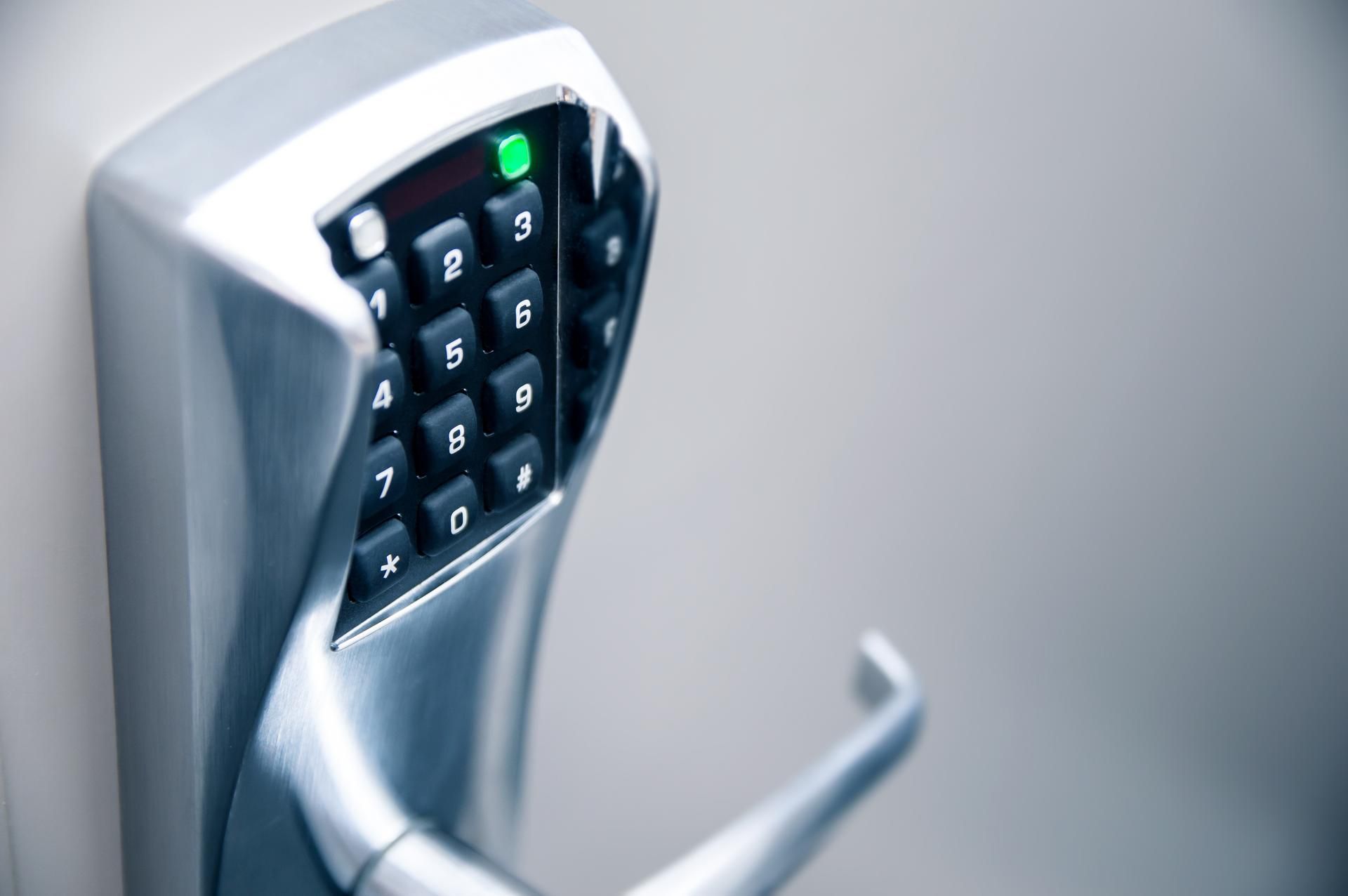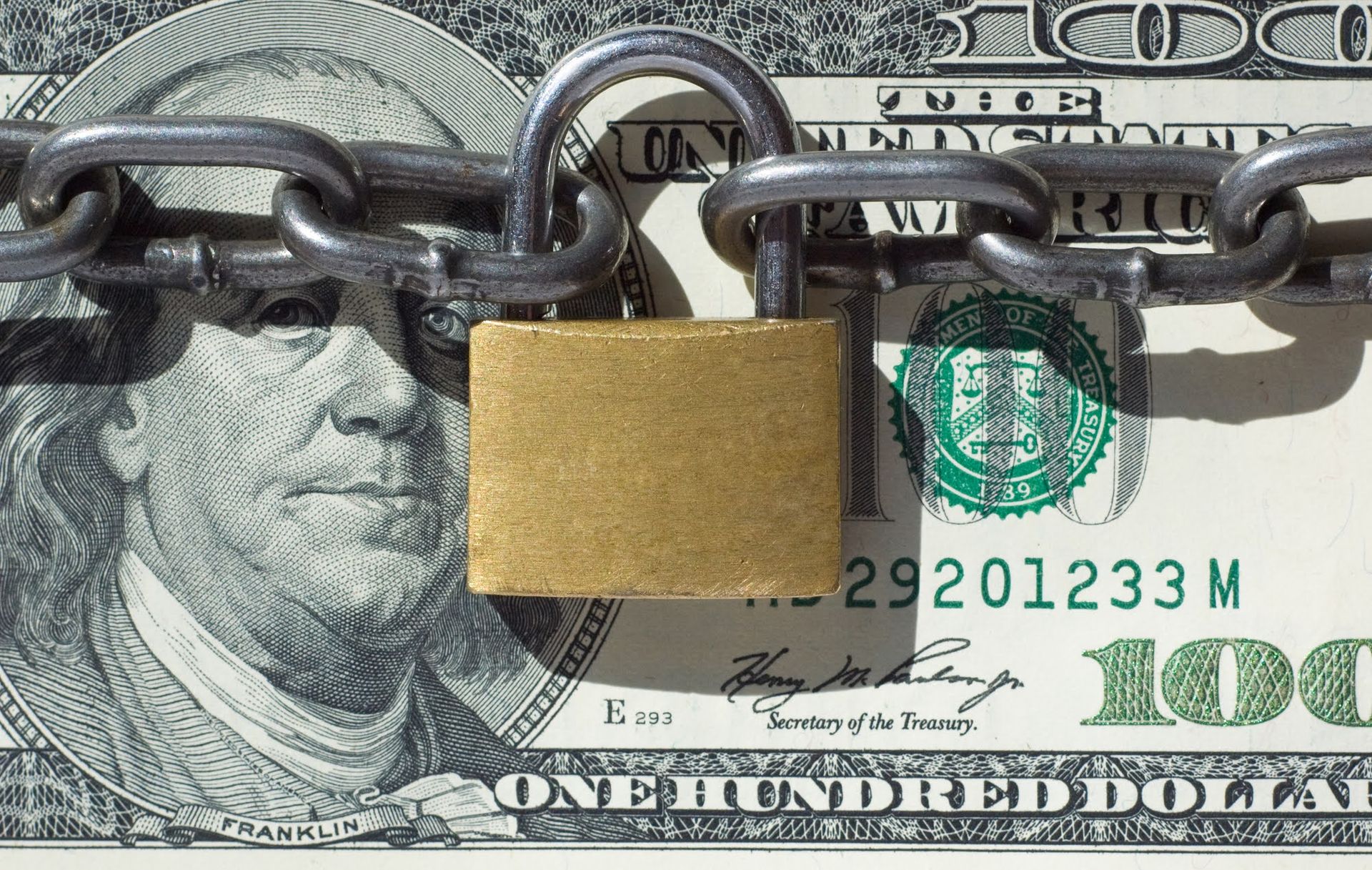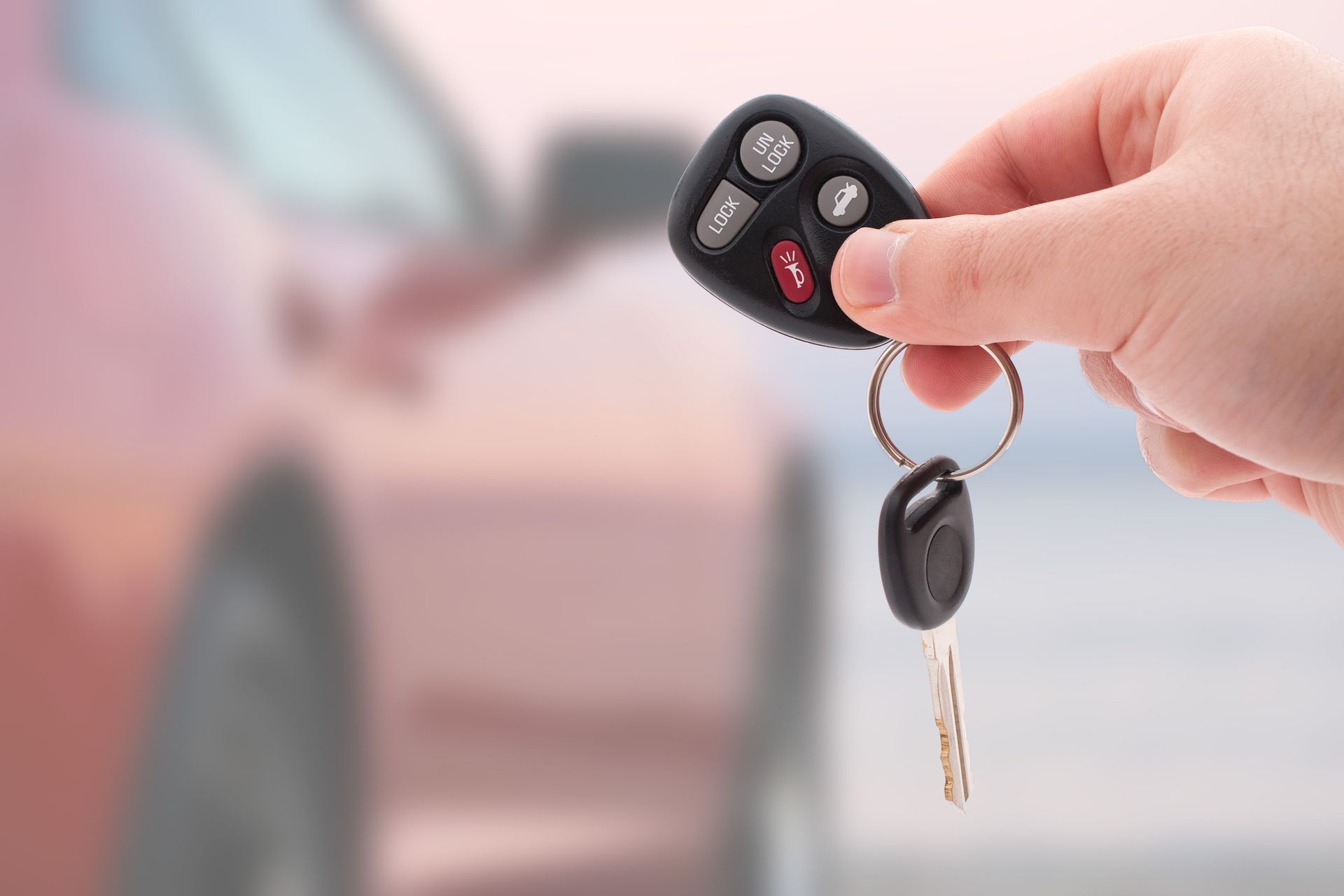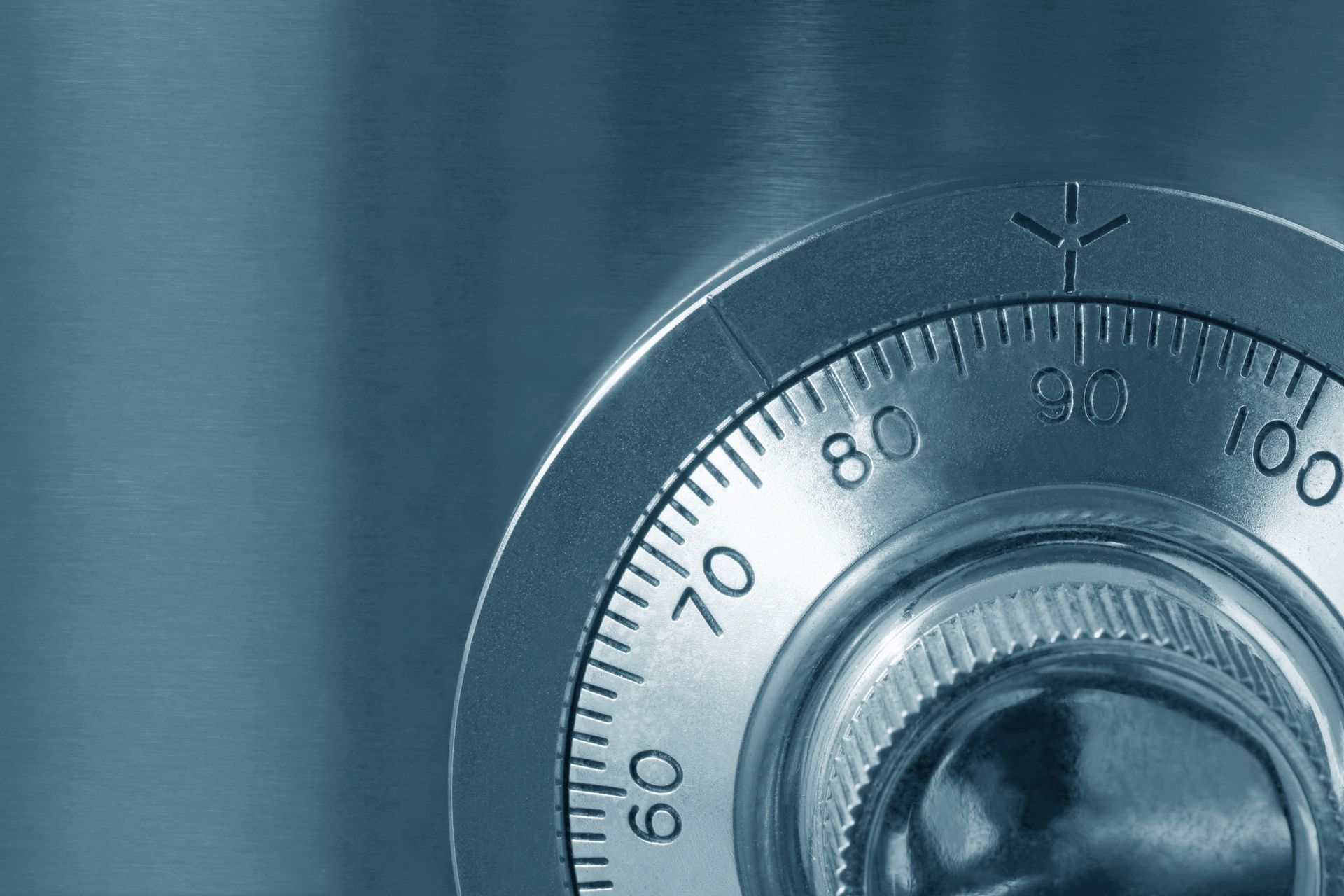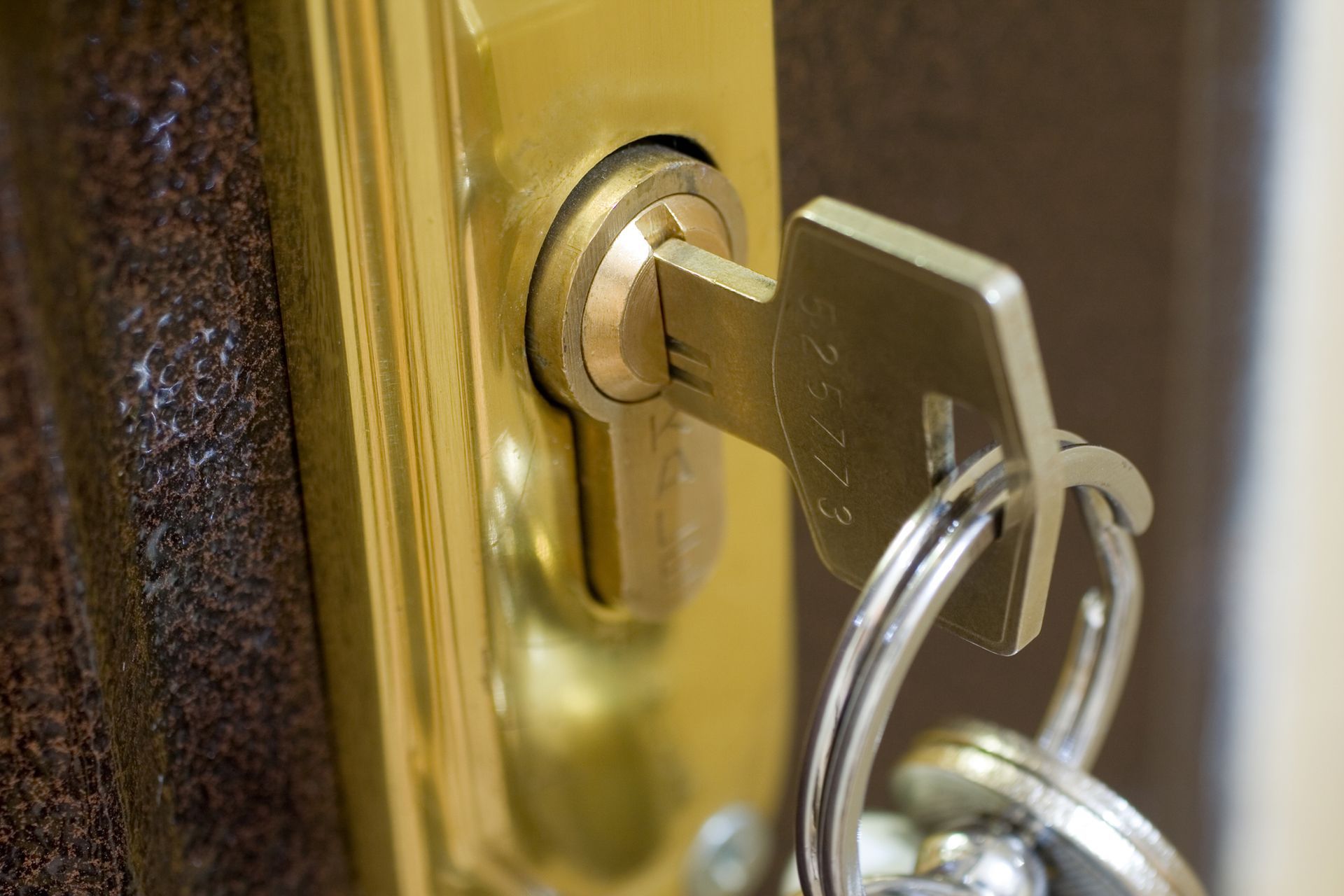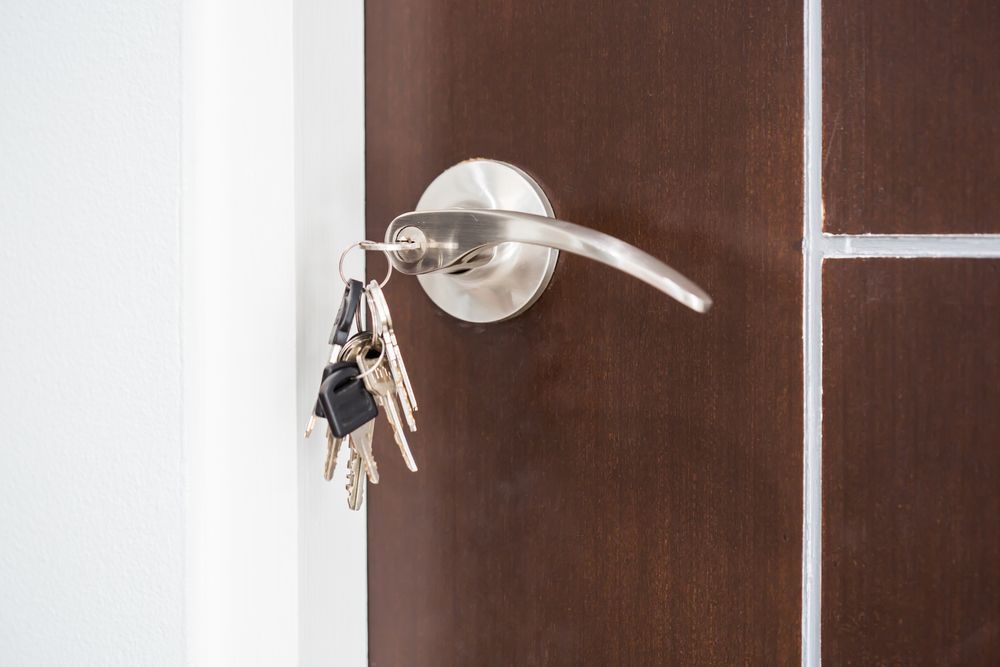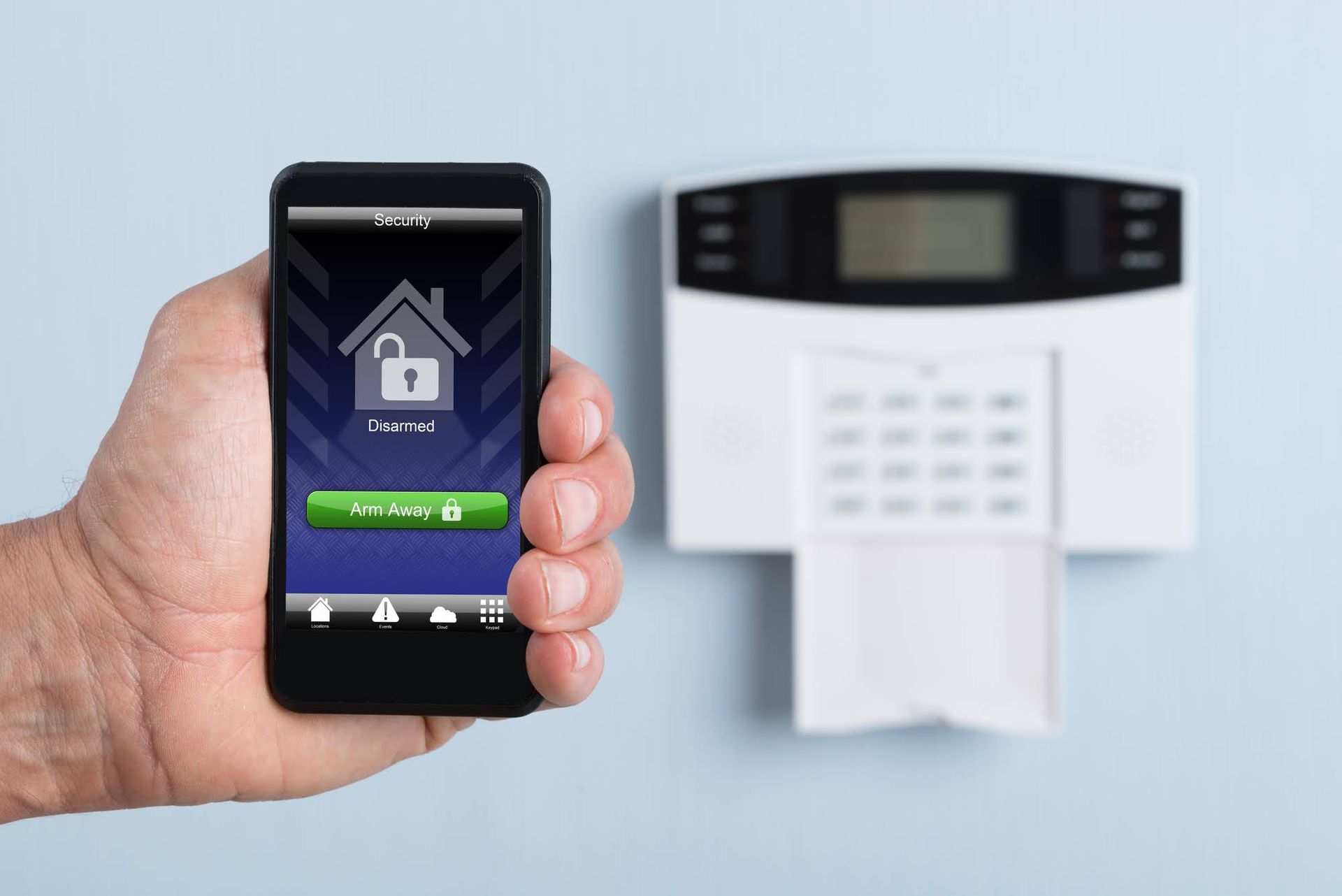3 Common Door Lock Problems
Locks provide security and safety for your family and valuables. However, even the most reliable locks can develop issues over time due to environmental and human factors. Always maintain and troubleshoot your door locks whether you are a homeowner, renter, or property manager.
In this article, explore three of the most common door lock problems and practical solutions to fix them. Dive in and learn about these common lock problems and how to fix them.
1. Loose Lock
The fasteners and other parts of the lock may unfasten with time and repeated use, which can result in a malfunctioning door lock. A slipped latching mechanism can also trigger loose door locks by preventing the lock's internal components from attaching properly.
Alternately, the screws and other lock components may degrade or crack over time, which can lead them to fall loose. Moreover, frequent doorknob rotation, especially in commonly used rooms, might cause the lock to become loose.
Identifying a loose door lock is rather simple, as you will typically notice a problem while you operate the lock. Indicators of a loose door lock include loose screws, worn or damaged screws, or improperly connected components.
You can tighten the screws and other parts of the lock with the right screwdriver. Nevertheless, if the interconnecting screws and parts of the lock are faulty, remove the lock from its corresponding door and get the replacement parts before reinstalling it. If this option is unsuccessful, contact a locksmith who offers lock repair services.
2. Misalignment
Common causes of latch and lock misalignment include improper installation, warped or bent doors and door frames, and climatic fluctuations. You can easily identify this issue since the latch or locking bolt does not align with the door lock's strike plate.
When this occurs, it can be difficult to effectively work the lock, which leaves the door exposed and susceptible to intrusion. In addition, misalignment will subject the locking mechanism to undue pressure, which can break the door lock or door.
Examine the door screws and hinges first to resolve this issue. Tighten the screws to adjust the door to its proper configuration. Adjust the lock's strike plate to align with the latch or door lock bolt if it does not work. Depending on the type of lock, you might have to file away portions of the striking plate so that it fits properly.
If the lock's installation is faulty, a locksmith can realign the door, reposition the latch and strike plate, and reactivate the lock.
3. Broken Key
A broken key in a lock can cause the lock to get stuck or even damaged, which makes it challenging to open the door. Get a locksmith to remove the key carefully and produce a replacement to prevent additional harm to the lock.
The first step is to grasp the accessible end with needle-nose pliers and carefully pull it out to remove a damaged key from a lock. Use a coping saw blade to hook the key and pull it out if the key does not extend sufficiently to grasp. Put a stiff wire into the slot on the back of the lock cylinder if the key is still stuck.
Take the lock cylinder to a locksmith if you cannot remove the key with these interventions. The locksmith can make a new key or fix any damage the damaged key caused once they extract the key.
Contact us at The Lock Shop if you need assistance with any of the above lock issues. We deal with high-security keys, transponder keys, and keyless remotes. We service residents and commercial property owners within or near Albuquerque and Los Lunas, NM.
Quick Links
Contact Information
Phone:
Albuquerque: 505-221-1222
Address:
7101 Menaul Blvd NE Suite B, Albuquerque, NM 87110
Business Hours
- Mon - Fri
- -
- Saturday
- -
- Sunday
- Closed
After hours emergency service available.











